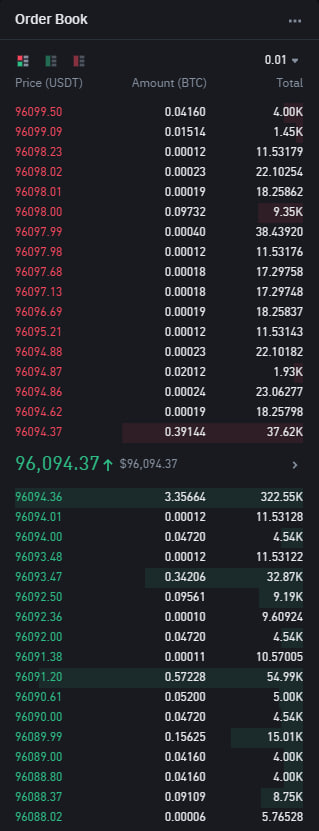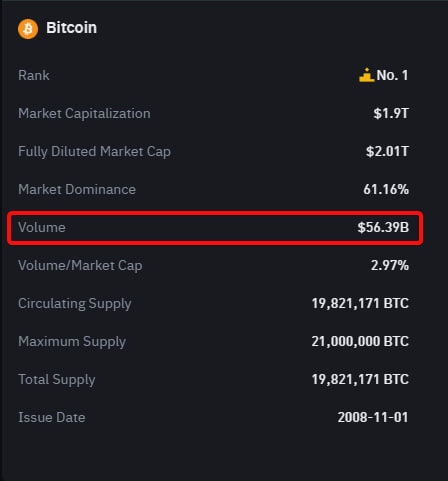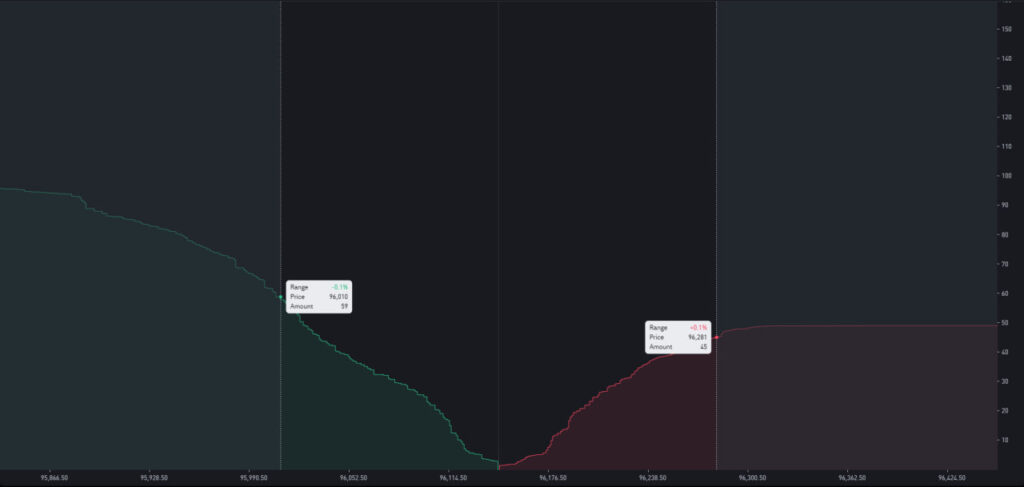Table of Contents
What is meant when talking about cryptocurrencies?
Liquidity is the ability of an asset to be quickly bought or sold without causing significant price changes. The higher the liquidity, the easier it is to execute a trade at a fair value.
Real-life examples:
— Selling dollars is instant—they’re highly liquid.
— Selling a rare painting at market value is difficult—it’s a low-liquidity asset.
In the crypto world, liquidity determines how easily you can buy or sell Bitcoin, Ethereum, or meme coins like Dogecoin.
How Is Crypto Liquidity Measured?
Three key metrics:
- Bid-Ask Spread
The difference between the highest buy (bid) and lowest sell (ask) prices. Liquid assets have minimal spreads (e.g., 0.1% for BTC). - Trading Volume
The number of coins traded in 24 hours. For example:
— Bitcoin: 20–30 billion daily (high liquidity).—Small altcoins: 10,000–100,000 (low liquidity). - Market Depth
The number of buy/sell orders in the order book. Greater depth means large trades won’t crash the price.
For example, let’s take the information about Bitcoin as of today:



Why Liquidity Matters for Investors
1. Price Stability
Low-liquidity coins can surge or crash due to actions by a single large trader (“whale”). For example, in 2021, Dogecoin spiked 500% in a week after Elon Musk’s tweets, then plummeted just as fast.
2. Reduced Slippage Risk
Slippage is the difference between expected and actual trade prices. On illiquid markets, large orders can lose 10–20% of their value.
Example: Trying to buy $10,000 of a low-volume token might execute at a 15% higher price than planned.
3. Quick Exit Opportunities
During crises (e.g., the 2022 FTX collapse), holders of liquid assets (BTC, ETH) can exit fast. Holders of illiquid tokens get stuck.
Factors Affecting Liquidity
- Asset Popularity
More traders = higher liquidity. Top 10 coins (Bitcoin, Ethereum, USDT) are far more liquid than “shitcoins.” - Number of Exchanges
A token listed only on Binance depends on one platform. More listings (Coinbase, Kraken, OKX) boost stability. - Market Makers
Firms like Wintermute and Jump Crypto provide order book liquidity, earning from spreads and reducing volatility. - Regulation
SEC crackdowns (e.g., the 2020 XRP lawsuit) can slash liquidity overnight.
Liquidity Challenges in Crypto
- Market Fragmentation
Liquidity is split across hundreds of exchanges and DEXs (Uniswap, PancakeSwap). Bitcoin prices on Binance and Coinbase can differ by 1–2%. - Market Manipulation
Illiquid tokens are easily manipulated. Whales inflate trading volumes via wash trading to lure unsuspecting buyers. - Trust Crises
The 2022 collapses of Celsius and BlockFi triggered mass withdrawals from DeFi platforms, causing liquidity crunches.
How to Check Crypto Liquidity

- CoinMarketCap/CoinGecko
Check 24-hour trading volume and the list of exchanges where the asset trades. - Order Book Analysis
On exchanges, inspect:
— Orders near the current price.
— The bid-ask spread. - Large Trade History
Frequent sharp price spikes with high volumes signal low liquidity.
Avoiding Losses from Low Liquidity
- Avoid Obscure Tokens
Meme coins (Shiba Inu, Pepe) and projects with MCAP < $100 million are high-risk. - Use Limit Orders
Market orders on illiquid assets guarantee slippage. Limit orders let you set prices. - Split Large Trades
Break big orders into smaller chunks to avoid moving the market. - Stay Updated
Listings on major exchanges (e.g., Coinbase) boost liquidity. Hacks or regulatory bans drain it.
Future of Liquidity: 2025 Trends
- Institutional Growth
BlackRock, Fidelity, and banks entering crypto will boost Bitcoin and Ethereum liquidity. - Cross-Chain Solutions
Protocols like THORChain unify liquidity across blockchains (Bitcoin, Ethereum, Solana). - Stablecoins as Liquidity Backbones
USDT and USDC dominate 80% of trading pairs. More stablecoins mean steadier markets. - Decentralized Market Makers
Protocols like Uniswap V4 use algorithms to automate liquidity provision.
Conclusion: Liquidity Is Your Best Ally
Liquidity reflects an asset’s health. Before investing, ask:
— Can I sell it quickly without losses?
— Is the price being manipulated?
— What happens during a market panic?
Remember: Bitcoin was illiquid in 2010. Today, it’s “digital gold” with billions in daily trades. Your job is to balance risk and potential.
Sources used to write the article:
Binance
Wikipedia



